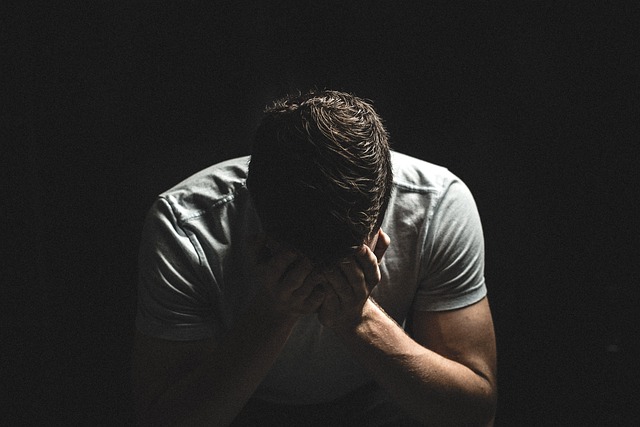
Graphoeia is a description of physical appearance.
Graphopoeia is a literary figure used to physically describe a character . It is generally complemented by etopeia , consisting of the psychological description of the characters.
Physical traits
Through graphopoeia, therefore, physical traits are enumerated. For example : “The detective was a short and obese man, about 45 years old. Strands of red hair fell over his face, while a thick mustache of the same color hid his mouth .
As you can see, this graphopoeia refers to the height and build of a character. He also mentions issues about his hair and face . All of this may seem superficial in certain contexts, but it is also essential in others where physical appearance plays an important role in the integration of the character into its environment, for example, and does not represent a capricious reference to its shapes and colors.
No matter how hard we try to fight prejudice, our body is the first thing others see and therefore the first thing they judge . Even if it is done without malice or racism, the brain receives the image and cannot help but analyze it, determine whether or not the person is pleasant by its own standards , if they are tall or short, if they have a lot of hair and if their skin color It looks like your own. For this reason, literature sometimes uses graphoeia when presenting a character.
Of course, unlike real life, fiction can leave aside the material aspect of things and living beings, avoid graphopoeia completely and focus on the inner aspect of the characters. However, even when reading a work of this type our mind could not help but wonder how they look, how they dress, how they speak . There is also another, more common possibility, which consists of taking advantage of what graphopoeia and ethopeia, or other literary figures, offer in combination.
With the etopeia
Suppose a writer describes the protagonist of a story in the following way: “Marlon was a calm and happy young man. His blue eyes conveyed serenity. Although due to his height he always stood out, he preferred to go unnoticed." In this case, graphopoeia and etopeia are combined, since there are references to physical characteristics (eye color, height) and psychological characteristics (tranquility, happiness).
Unlike the extremism described above, which consisted only of describing the exterior or interior of a character, combining both figures can achieve a balance more similar to what we experience spontaneously in our daily lives. We begin with the perception of the body and its relationship with the material world that surrounds it, and we continue with the soul, the character, the energy that the other transmits to us when they smile, when they speak, the depth that we notice in their gaze. In this way, fusing the tangible and the invisible, we know others, and we store our own version of them, as imprecise as it is unique.

When the emotional aspect is important, graphopoeia is not enough to describe a character.
By itself, graphoeia is not enough to know a character in depth . Data about his moral condition or his psyche are needed for the portrait to be complete, otherwise it would be limited to a superficial look. This means that writers tend to use both graphoeia and other resources in their texts .
The preponderance of graphoeia or another literary figure, in any case, is the decision of each author. The important thing is that the work manages to convey what its creator intends and that none of the literary figures seem to have been used on a whim, but rather that they have meaning.
